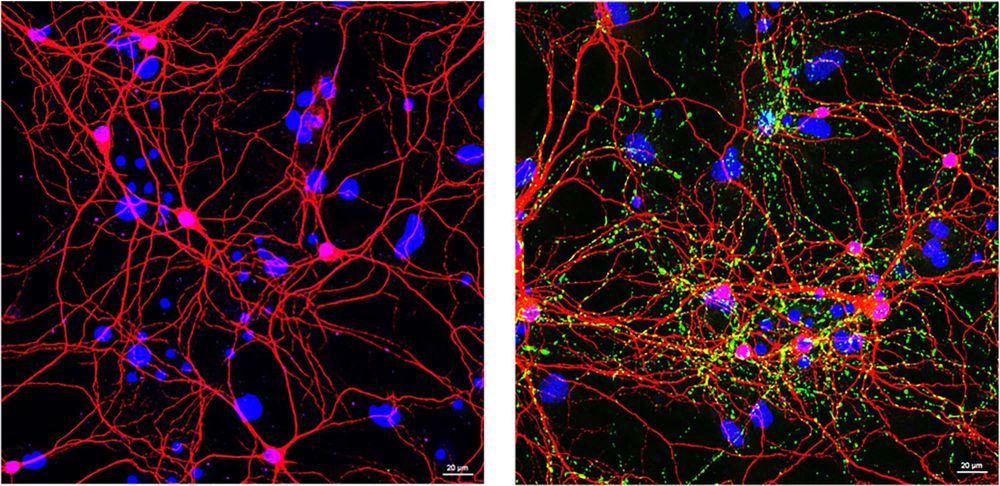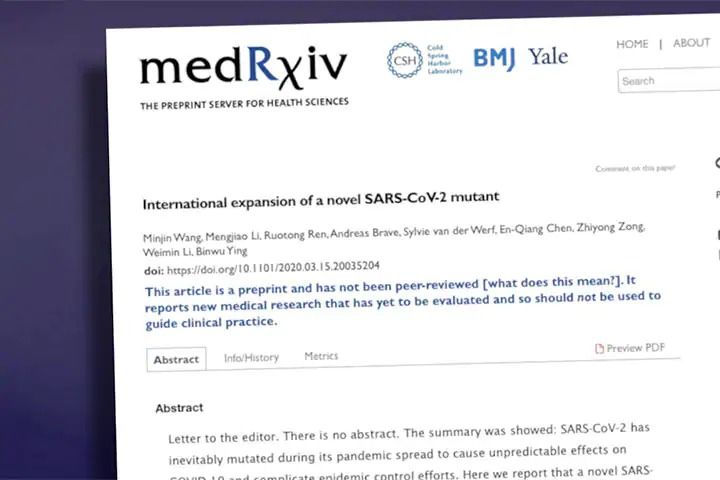
Goji berries have long been part of Chinese culture. Legend has it that more than 2,000 years ago a doctor visited a village in China where everyone was more than 100 years old. He discovered that they all drank from a well that was surrounded by goji berries. And the theory was that, as the fruit ripened, it would fall into the well and its vitamin-packed contents would seep into the water. Tales are also told of a 17th-Century herbalist called Li Qing Yuen who ate goji berries every day and was said to have lived until he was 252 years old. If this wasn’t enough to encourage future generations to eat the traditional old fire simmer soups that were garnished with goji berries, Chinese mothers would tell their children that the berries would stop them from needing glasses to get them to finish their bowls.
But times are changing for this simple berry, including how it is consumed. The ancient goji berry, which has long been part of Chinese culture, is now being viewed as a superfood both in China and beyond.
Asia’s younger generations are embracing the goji berry, but giving it their own twist. For example, members of Gen Z are now buying “wellness kettles” for their goji berry tea. Their parents might recognise these as traditional soup kettles that have been repackaged by brands such as Buydeem and turned a more Instagram-worthy shade of pink. A 2019 study by Agility Research & Strategy on Gen Z in China showed that this generation sees living a healthy life as a key priority, even over money, career, personal enjoyment and having a family.









 Abstract: The Higgs mechanism predicts, apart from the existence of a new scalar boson, the presence of a constant Higgs field that permeates all of space. The vacuum expectation value (VEV) of this field is affected by quantum corrections which are mainly generated by the self-interactions and couplings of the Higgs field to gauge bosons and heavy quarks. In this work we show that gravity can affect, in a non-trivial way, these quantum corrections through the finite parts of the one-loop contributions to the effective potential. In particular, we consider the corrections generated by the Standard Model Higgs self-interactions in slowly-varying weak gravitational backgrounds. The obtained results amount to the existence of non-negligible inhomogeneities in the Higgs VEV. Such inhomogeneities translate into spatial variations of the particle masses, and in particular of the proton-to-electron mass ratio. We find that these Higgs perturbations in our Solar System are controlled by the Eddington parameter, and are absent in pure General Relativity. Yet, they may be present in modified gravity theories. This predicted effect may be constrained by atomic clocks or high-resolution spectroscopic measurements, which could allow to improve current limits on modifications of Einstein’s gravity.
Abstract: The Higgs mechanism predicts, apart from the existence of a new scalar boson, the presence of a constant Higgs field that permeates all of space. The vacuum expectation value (VEV) of this field is affected by quantum corrections which are mainly generated by the self-interactions and couplings of the Higgs field to gauge bosons and heavy quarks. In this work we show that gravity can affect, in a non-trivial way, these quantum corrections through the finite parts of the one-loop contributions to the effective potential. In particular, we consider the corrections generated by the Standard Model Higgs self-interactions in slowly-varying weak gravitational backgrounds. The obtained results amount to the existence of non-negligible inhomogeneities in the Higgs VEV. Such inhomogeneities translate into spatial variations of the particle masses, and in particular of the proton-to-electron mass ratio. We find that these Higgs perturbations in our Solar System are controlled by the Eddington parameter, and are absent in pure General Relativity. Yet, they may be present in modified gravity theories. This predicted effect may be constrained by atomic clocks or high-resolution spectroscopic measurements, which could allow to improve current limits on modifications of Einstein’s gravity.